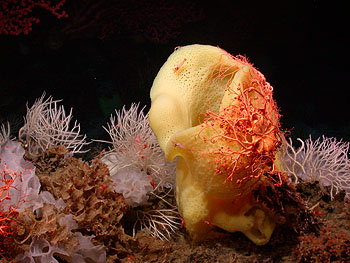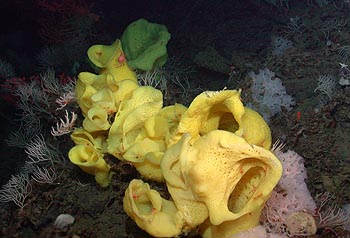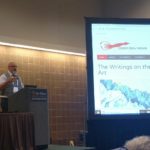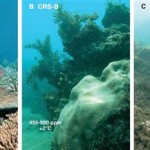
About a month ago, I published my first paper at PLoS One. I believed an open access journal was the most appropriate place for the work so the group’s findings would be accessible to the public, scientists, conservationists, and policy makers. I am delighted to say that this work, and the major finding of connectedness between the seamount and the surrounding deep sea, in part aided in efforts to include Davidson Seamount into the Monterey Bay National Marine Sanctuary.
I am delighted to see this work being discussed both locally at the Monterey Herald (Scientist See Movement of Marine Species) and internationally in a piece done for Conservation Magazine, a publication for the Society for Conservation Biology (A Seamount a Dozen).

Craig R. McClain, Lonny Lundsten, Micki Ream, James Barry, Andrew DeVogelaere (2009). Endemicity, Biogeography, Composition, and Community Structure On a Northeast Pacific Seamount PLoS ONE, 4 (1) DOI: 10.1371/journal.pone.0004141






Craig, you know I am a big fan of your work, especially this paper, but its a long way from shared species to “connectedness” don’t you think?
Do you receive any “kickbacks”, à la “SCI points”, for publishing in an open access journal?
BTW, the link leading to the article, is not working properly.
It would be nice if the text on this page mentioned in what way “Seamount Life is Unique” or at least hinted which of the links actually has that information. The correct headline for this page is: “There is an article elsewhere about seamount life and there’s also another one.”
Link works for me. Fixed?
I believe the presence of shared species implies connectedness, although the intensity and timescale of this connection remains an avenue for future research.
All the links appear to be working. All the links will lead a reader to discussion of the paper (or the paper itself) that reveals the findings of the paper. The title is what some refer to as a teaser.
I love that you guys put this out on PLoS ONE, I have no end to frustration when I can’t access half the papers of my Professors eventhe recent ones.
This paper really does cut a leg off the support of SMEH, doesn’t it? I seem to recall some relatively similar results for the New England Seamounts which of course are in a totally different oceanographic scenario.
Did you do any evaluations of communities based on depth and microhabitat type?
The first link works for me now. I sure hope you changed something, or else my Foxy is acting up… again.
I must say, your acronym for the hypothesis is pretty funny, possibly because the acronym is a word in Slovene and means “laughter”.
your browser’s fine, the first link was indeed broken
I should have a paper out this year addressing depth and community structure on seamounts.
Romunov, thanks for the info on the Slovene origins of the acronym
Ooops, sorry bout that!
Look forward to seeing it!
I’m hoping to see stuff on the Corner Rise Seamounts coming out too, Dr. Shank has presented preliminary/summary stuff in a talk, but I don’t know of any papers.
Are the shrimp always on the sponge, like some on coral reefs?
Johann,
No not always. We’ve seen them on rocks, corals, and of course sponges. However, although I have no quantitative data to support this, their presence on sponges always seems to be a ‘sure bet’.
The shrimp we saw on GoASEx Seamounts were Heptacarpus sp., abundant on the seafloor, sponges, and bubblegum corals ~700-800m. The most amazing thing to me is the shrimp eyes glow in the lights of the submersible, so you could perhaps estimate abundance if you wanted to.